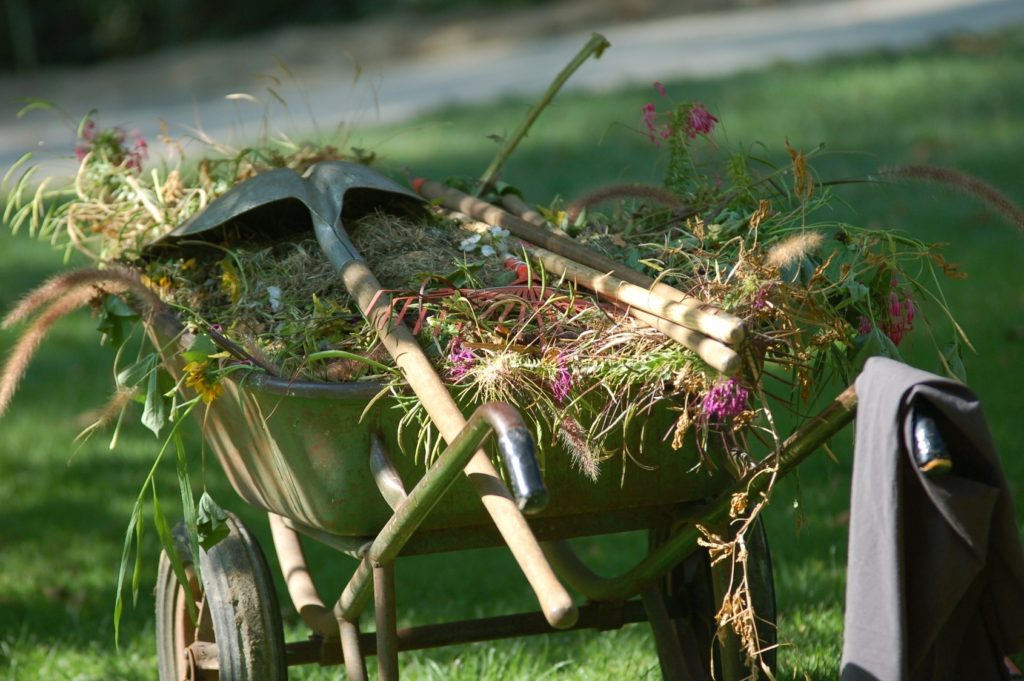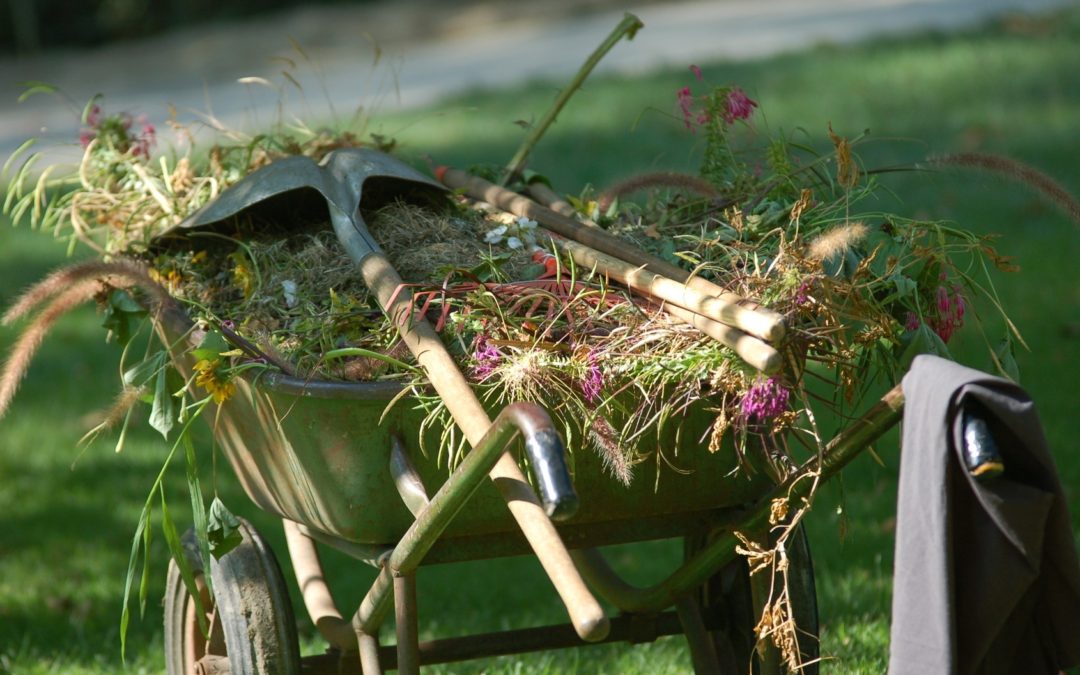
Should you do a fall clean up?
In the gardening world, there’s some discussion about fall clean up of the landscape, as in do it or not do it. The tradition has been to cut back perennials, pull annuals from the ground, and remove leaves from garden beds and the lawn.
Why do fall clean up?
- It removes plant debris that could be contaminated by disease, such as fungus.
- It removes hiding places for detrimental insects.
- Cutting back perennials reduces the chance they will self-sow throughout the landscape.
- It gives the landscape a clean look.
“Some clients want pristine, bare beds,” said Susan Messenger, maintenance supervisor at Mark M. Holeman. “They want it to look on par for the neighborhood.”
Why hold off on fall clean up?
Many gardeners have become concerned about the decline of beneficial bees, wasps, beetles, toads and other wildlife in their landscapes. Many of these critters spend winter hunkered down among leaves on the ground or tucked among twigs and logs.
Some of Holeman’s clients allow parts of their landscapes to remain natural during winter, said Susan. It might be a perennial bed or an area where leaves gather around trees and shrubs.
“I try to use discretion, when I have the liberty, to leave food plants and winter cover,” she said.
So, you can see it’s really up to the gardeners about whether to clean up the gardens in fall. A Holeman landscape professional can guide clients who would like to keep a bit of their garden as winter habitats of food and shelter for important insects and wildlife.

